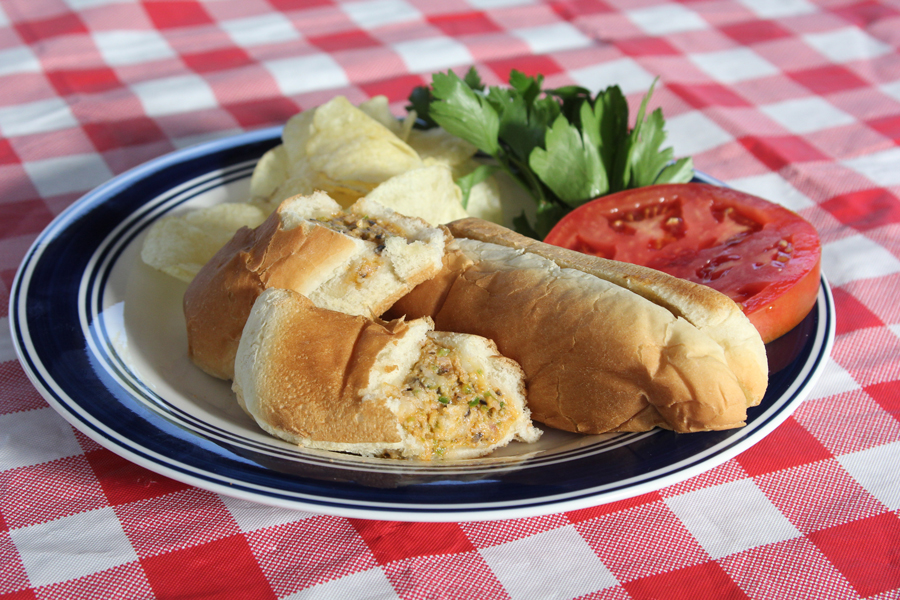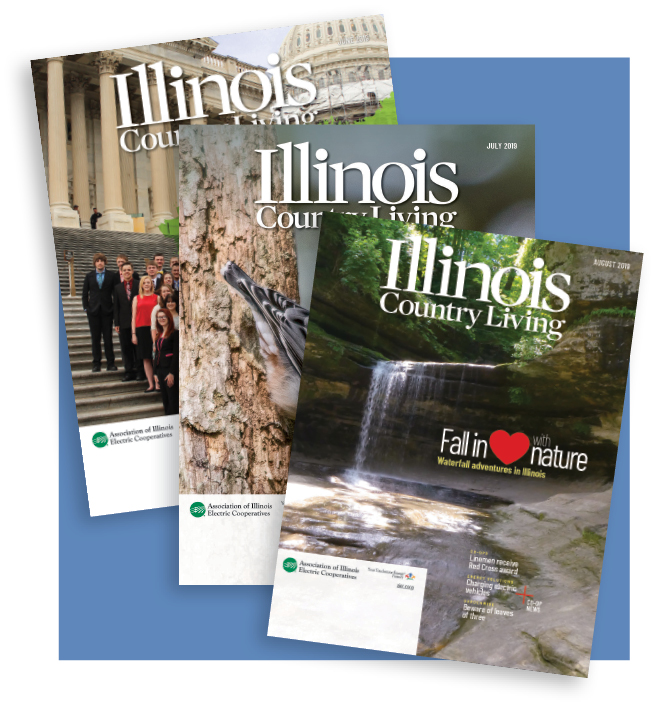We were certainly blessed with a fair amount of rain this spring, but as it goes most summers, what follows are several months of hot and dry weather. Drier conditions in the garden mean that as gardeners we’re pulling out the garden hoses, watering cans and sprinkler systems.
Most garden plants will thrive on an average of one inch of water per week and when mother nature doesn’t supply that, we look to start watering ourselves. A simple step to conserve water usage in your landscape is to select drought-tolerant plants.
Many drought-tolerant plants have built-in features to minimize water loss and maximize water uptake such as the small leaves or needles on evergreens. Another sign of drought tolerance is leaves covered with a heavy accumulation of wax such as that seen on white fir (Abies concolor). This wax serves to conserve water within a plant.
The presence of fine hairs on the leaves of some plants, like silver sage (Salvia argentea), is another adaptation that traps moisture at the leaf surface. Drought tolerant plants like false blue indigo (Baptisia austalis), and many of our other native Illinois perennials, have deep roots that pull in moisture well below the soil surface.
When planting a bed of perennials that come back year after year, you can be selective on which species you place in the landscape. Once a good root system is established after a few years, there are many perennial beds that will need hardly any additional water added beyond the natural rainfall.
Here are a few of my favorite drought tolerant perennials to add to your garden beds:
Butterfly Weed (Asclepias tuberosa) – A wonderful Illinois native milkweed species that is a host plant for the monarch caterpillar that grows in a clump 1 to 3 feet tall and features clusters of bright orange to yellow-orange flowers. It grows best in full sun.
Blue False Indigo (Baptisia australis) – An upright perennial with purple/blue blossoms, it flowers in spring in 12-inch clusters above a mound of bluish-green leaves with ornamental black seed pods. It likes full sun to part shade.
Barrenwort (Epimedium sp.) – This tough, slow growing groundcover is good for dry, shady areas, even under large trees. The spring flowers range from white and yellow to red and purple. Blooms rise on little stems above foliage.
Catmint (Nepeta sp.) – Easily grown in average, dry soils in full sun to part shade, catmint features gray-green leaves and pale lilac to deep violet flower clusters. It thrives in dry soils and is very tolerant of drought.
Prairie Dropseed (Sporobolus heterolepis) – Native grass with arching foliage, it mounds to 15 inches tall and 18 inches wide. Foliage turns golden with orange hues in fall, fading to light bronze in winter. It tolerates a wide range of soils and is quite drought tolerant.
Purple Coneflower (Echinacea purpurea) – This Illinois native perennial is easily grown in average soil in full sun to part shade. Its showy daisy-like purple coneflowers bloom throughout summer atop stiff stems. It is tolerant of drought, heat, humidity and poor soil.
Russian Sage (Perovskia spp.) – A woody perennial which typically grows 2 to 4 feet tall in full sun, it has fine, aromatic gray-green leaves with light blue flowers in large panicles.
Stonecrop (Sedum spp.) – Groundcover species or tall, upright plants that grow best in full sun, the lower growing species is tolerant of partial shade. This succulent foliage can be variegated, bronze, reddish-purple, green or blue-gray.
Yarrow (Achillea sp.) – Easy to grow with several selections, the fern-like foliage is topped with large, flat blooms in shades of yellow, pink and red and blooms in late spring to mid-summer. Plant in full sun.









